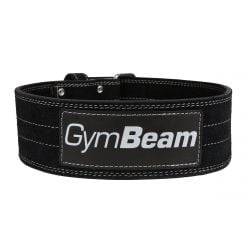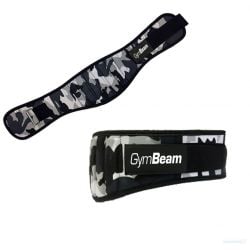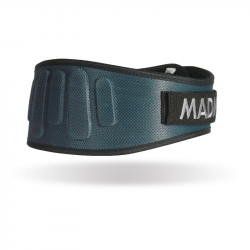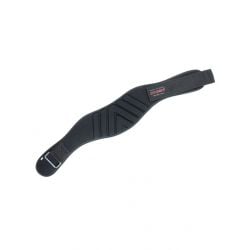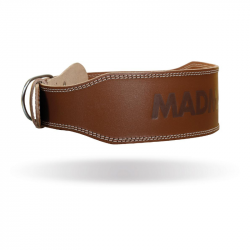We use cookies to make your experience better. To comply with the new e-Privacy directive, we need to ask for your consent to set the cookies. Learn more
Weight Lifting Belts
Weight Lifting Belts is a category that offers a diverse selection of weight lifting belts for both men and women, whether they've been working out for some time or are just getting started. These belts are particularly handy during heavy weightlifting sessions at the gym. They help strengthen the core, promoting proper technique and reducing the risk of injury. Ultimately, they make lifting heavier weights easier. They're commonly used in weightlifting, powerlifting, CrossFit, and regular gym workouts. They're especially useful for various exercises like squats, deadlifts, presses, and other strength exercises where stabilizing the core is essential. In this category, you'll also find fitness belts for adding extra weight or neoprene belts.
Show moreHow to choose a weight lifting belt?
Choose a belt based on the purpose and personal preferences. You can select from various materials and types of fastening. You can select from various materials and types of fastening.
- Belts with a zip fastening: These allow for precise adjustment according to waist size.
- Belts with a buckle: These fasten with a classic belt buckle with spikes or quick-release clips. You can pick between synthetic leather or full-grain leather belts, which ensure maximum durability.
- Dip belts: These come with a steel chain to hang weights like plates or kettlebells, making exercises like pull-ups on a pull-up bar or dips on parallel bars more challenging.
- Neoprene lumbar belts: These keep the lower back warm and protect it from back strain.
What are the benefits of weight lifting belts?
A weightlifting or powerlifting belt is a practical tool for strengthening the core. It helps stabilize the spine, increasing safety during exercise. Additionally, it assists in correct belly breathing, which is crucial for activating the deep stabilizing system of the spine (DSS). All of this contributes to achieving proper exercise technique. As a result, it may become easier for you to lift heavier weights or perform more repetitions in squats, deadlifts, and other strength exercises. You may even reach new personal bests!
If you're not interested in traditional belts, we also offer women's fitness belts with unique designs.
Show less



